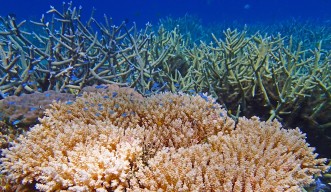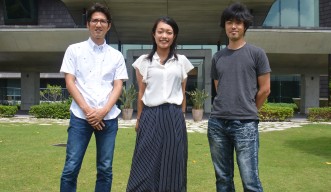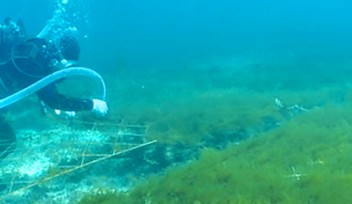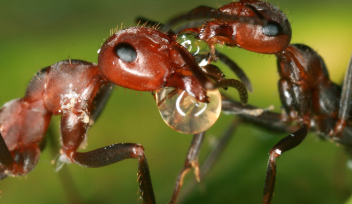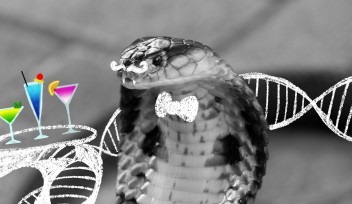Unexpected Complexity in Coral
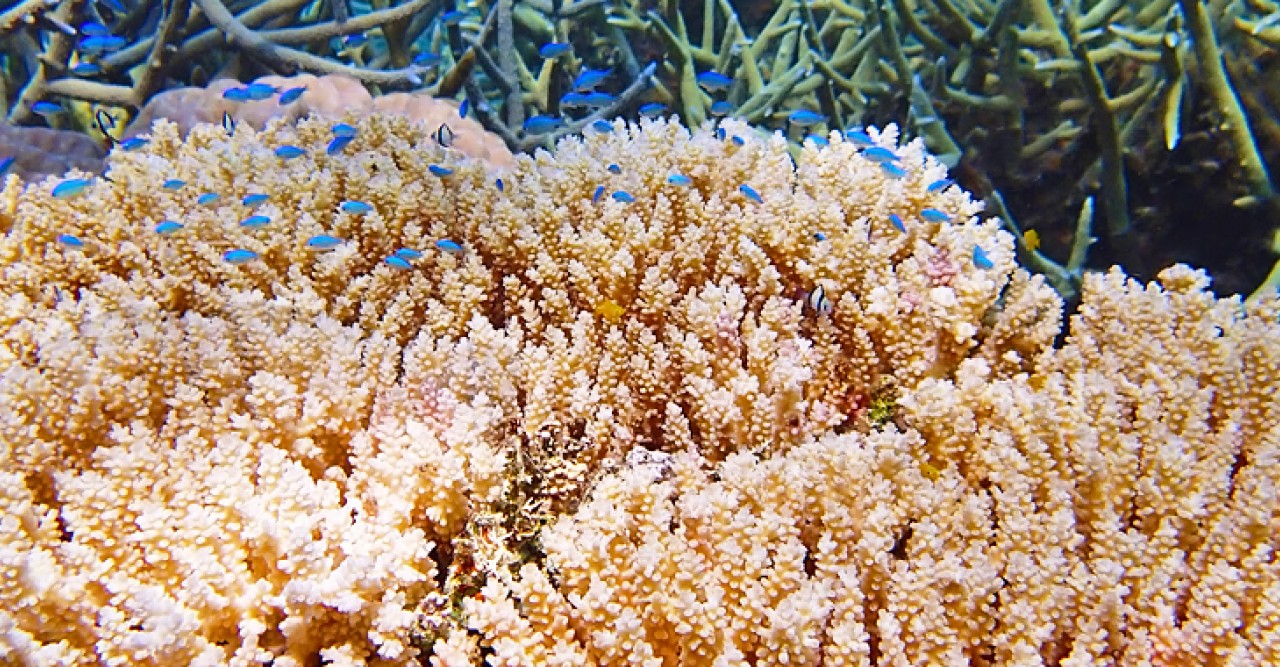
Coral reefs are delicate ecosystems, which are endangered by climate change and human activities. The restoration of these underwater environments is typically carried out by transplanting corals from healthy reefs to compromised ones. This practice can be problematic, as it overlooks the local characteristics of each reef, and may reduce genetic diversity.
The first step towards an ecologically mindful restoration is the detailed understanding of the population structure and genetic variation of each reef. Yuna Zayasu and Chuya Shinzato, from the Marine Genomics Unit of the Okinawa Institute of Science and Technology Graduate University (OIST), investigated 298 colonies from 15 locations across the Nansei Archipelago, in Japan. They compared the DNA of one of the most widespread coral, scientifically known as Acropora tenuis, to gain a deeper comprehension of its genetic diversity. Their project was a collaboration between several institutions: the Japanese Fisheries Research Agency, the University of the Ryukyus, OIST Marine Biophysics Unit and the OIST Marine Genomics Unit. Their results are published in Ecology and Evolution.
“We wanted to check the genetic correlation between different colonies,” Zayasu explained. The researchers used a technique similar to the one commonly employed for paternity test, comparing 13 DNA portions for each different sample of the coral. Such portions are called ‘microsatellites’. “The results show that there are at least two different populations of A. tenuis in the Nansei, despite the fact that there is no geographic boundary between these populations.”
The finding is particularly interesting, because it questions the previous assumption that A. tenuis has the ability to easily disperse throughout the Nansei islands. This assumption was based on the importance attributed to the main marine current in the Nansei – the Kuroshio Current – in the life cycle of the coral. Specifically, on the influence that the Kuroshio could have while the coral is in its larva form, swimming to select a settlement site.
Zayasu and colleagues are suggesting that there are other factors that are key to explain the complex population structure. Specifically, a local current – ignored in coral studies to date – that flows in the opposite direction of the Kuroshio. This new hypothesis is supported by the fact that the Kuroshio Current flows from south to north, while one of the A. tenuis population shows signs of north to south expansion. The south of Okinawa Island is the potential contact point of the two populations.
“While we have clearly detected two populations, it is possible that there are more,” Zayasu said. “Whole genome analysis – that allows full access to the DNA of an organism – could in the future reveal more detailed population relationship, possibly even highlighting historical events such as local extinction and recovery.”
The uniqueness of the coral reef that this study presents is noteworthy, because if each reef is a distinctive environment for unique varieties of corals, reef restoration should aim to protect the specific characteristics of each local habitat and population.
Research Unit
For press enquiries:
Press Inquiry Form










